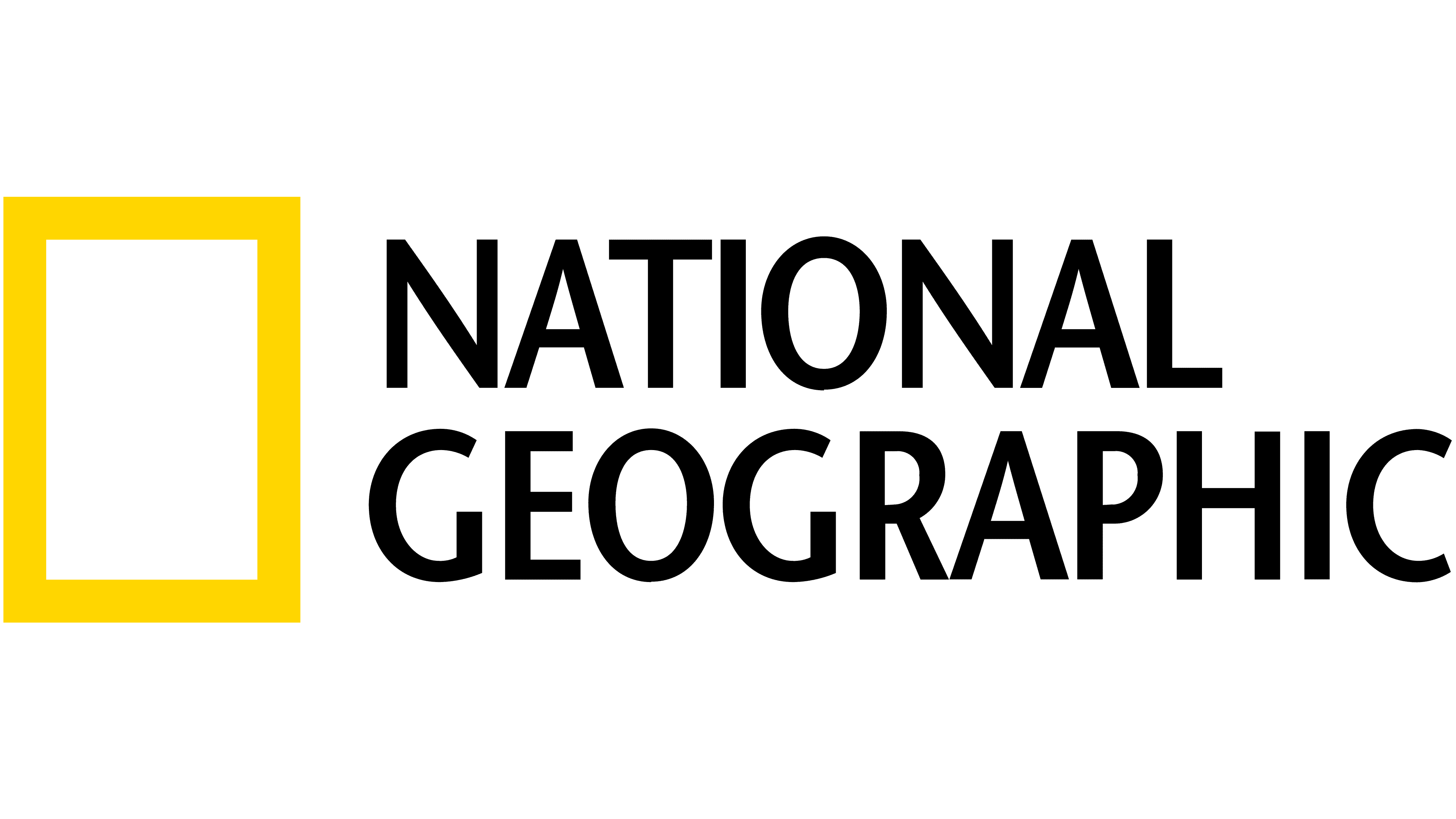Capitol Reef’s name, according to local lore, derives from early prospectors who’d sailed great waters and were wary of reefs. Speaking of water, the park’s geologic layers, thrust on edge by primal geologic forces 35 to 75 million years ago, testify to a story of Permian-era seas, Triassic tidal flats and swamps, Jurassic sand dunes, and late Cretaceous seas.
The ancient Fremont people left their story on these rocks in the form of petroglyphs. Mormon pioneers arrived in the 1880s, planting thousands of fruit trees at the fertile confluence of the Fremont River and Sulphur Creek. In the 1920s, the area’s beauty inspired a local club to envision a state park. Franklin D. Roosevelt responded by creating the Capitol Reef National Monument in 1937. It became a national park 34 years later.
How to Visit
On a half-day visit, choose either the roadside attractions of Utah 24, including a 1.8-mile hike to Hickman Bridge, or opt for the park’s Scenic Drive, stopping to explore Grand Wash or Capitol Gorge on foot. (A full day allows you to follow both the Utah 24 and Scenic Drive itineraries.) If you have another day and a high-clearance four-wheel-drive vehicle, plan an off-road loop through desolate Cathedral Valley (64 miles). Or take the southern Notom-Bullfrog Road to the Burr Trail Road to explore slot canyons.
Information
How to get there
From Green River (95 miles east) take I-70 west to Utah 24, which leads to the park’s east entrance. From Bryce Canyon National Park (123 miles southwest of Capitol Reef), a more scenic route on Utah 12 loops over Boulder Mountain to Utah 24 and the park’s western entrance.
When to go
Orchard blossoms kick off spring, when ideal hiking temps (60–70°F) are punctuated by spells of frost. Summer mercury hovers in the low 90s, but evenings cool nicely. From mid-July through Sept., afternoon rain can unleash flash floods. Oct. ushers in gold cottonwoods and cooler temps. Intermittent snow cover makes for a winter wonderland.
Visitor Centers
At the junction of Scenic Drive and Utah 24, the year-round visitor center (435- 425-3791) has exhibits, a bookstore, and an orientation movie.
Headquarters
Capitol Reef National Park HC 70 Box 15 Torrey, UT 84775 nps.gov/care 435-425-3791
Camping
Campsites are first come, first served. The Fruita campground (71 sites, fee, reservations available) has restrooms but no hookups. Campgrounds with pit toilets and fire grates are found in Upper Cathedral Valley (6 sites) and on the Notom-Bullfrog Road at Cedar Mesa (5 sites).
Lodging
There is no lodging in the park. Ten miles east of the visitor center, Torrey (torreyutah.gov) and nearby Teasdale (capitolreef.org/teasdale) provide lodgings, from motels to the Lodge at Red River (redriverranch.com). Lodging and camping facilities can be found in and near Cainville and Hanksville, also to the east.
US National Parks Map
About the Guide



